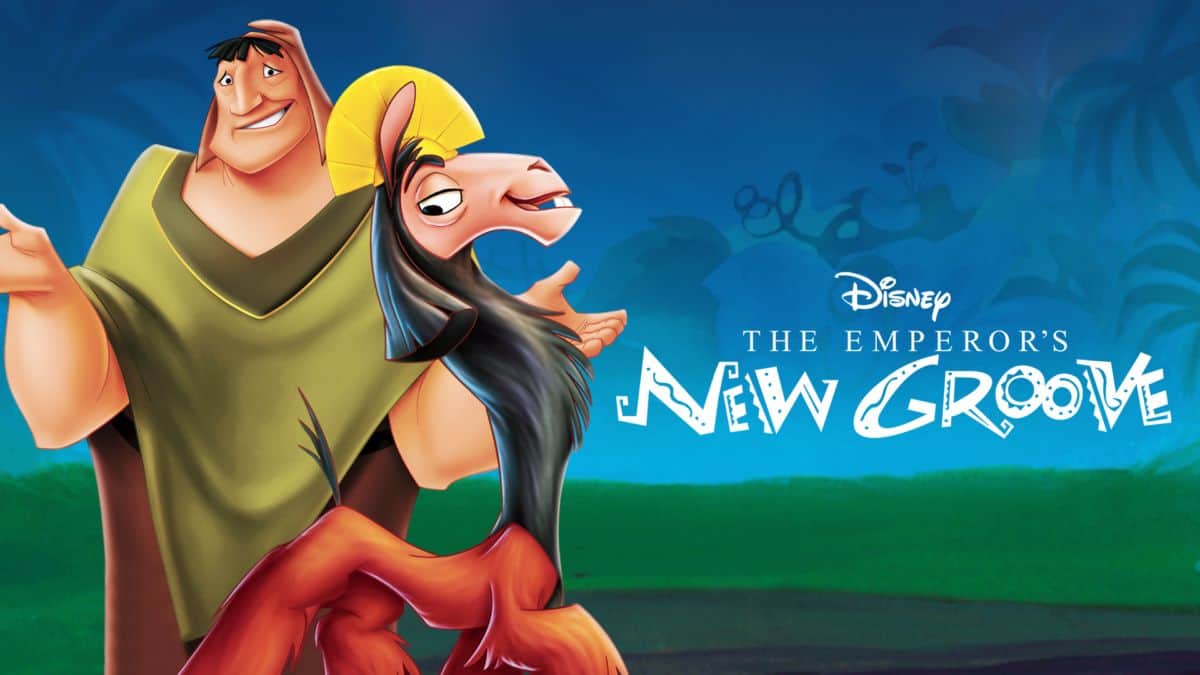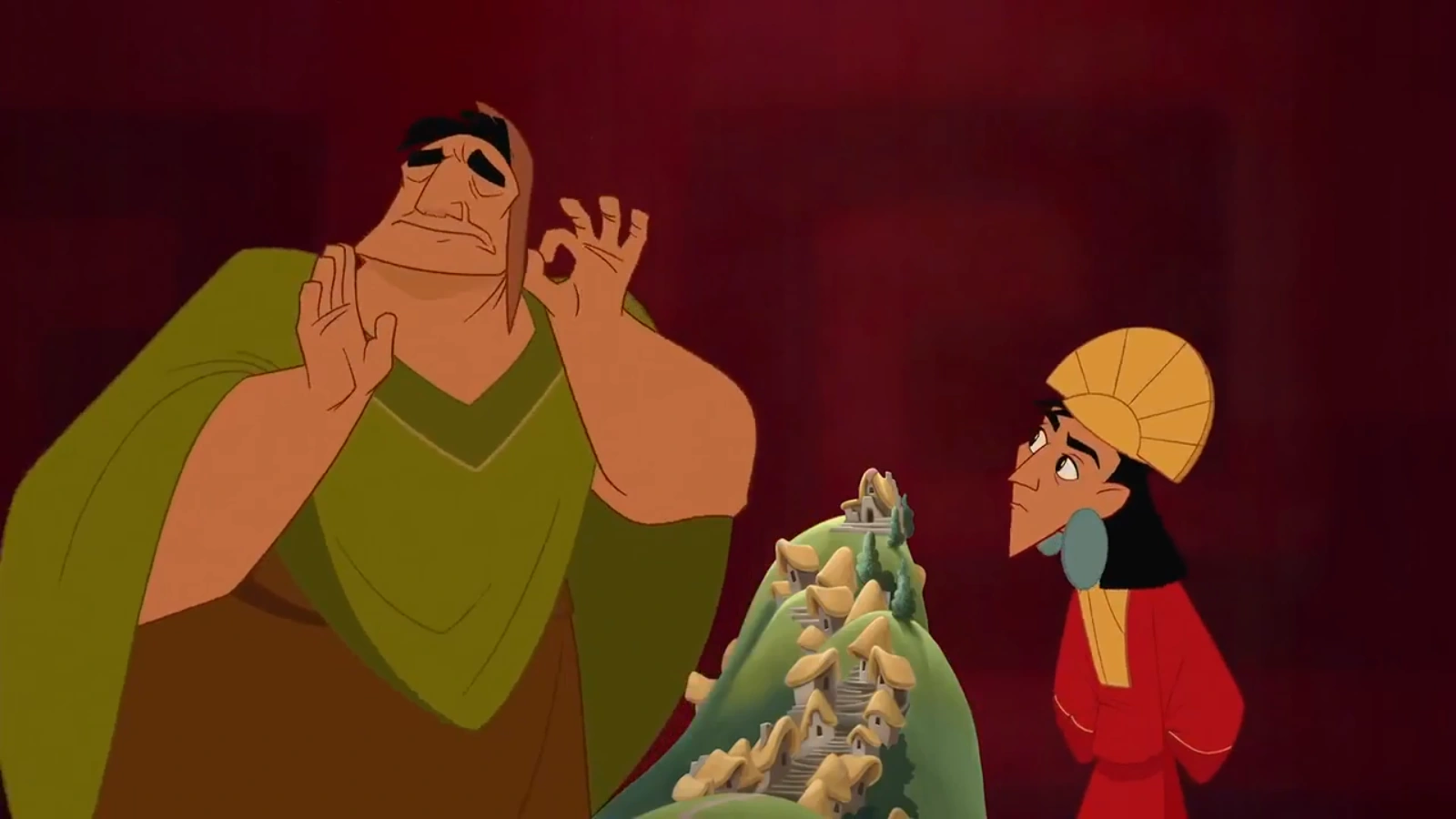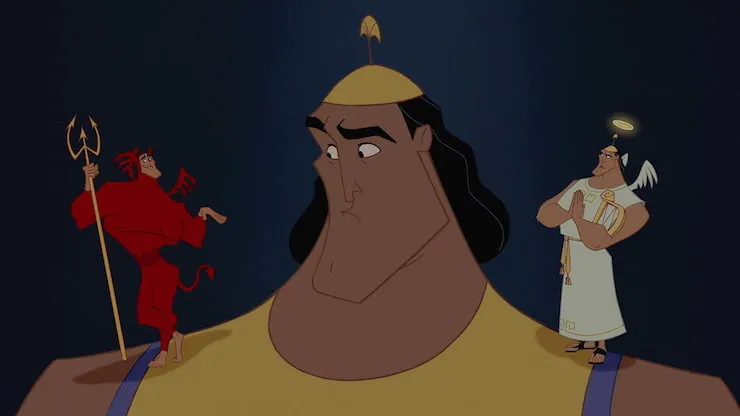
They sure don’t make ’em like they used to…
We have all heard someone drop that phrase about something, right? Whether “’em” refers to cars, tools, or even kids, the older a person gets, the more they tend to look at the latest versions of treasured items and recognize the difference–good and bad.
Disney movies are no exception. They really don’t make ’em like they used to. Nowadays, the latest generation places new layers of moral standards on every project coming out of Walt Disney Studios, Walt Disney Animation Studios, and Pixar Animation Studios based on Diversity, Equity, and Inclusion. Critical cultural accuracy comes before comedy and representation quotas usurp every actor’s experience and skill. Oh, and it has to pass the Bechdel Test.
It seems that Millennials are the loudest voices pushing this narrative revolution in Hollywood. But at the same time, they still unapologetically love the older movies that break every single one of our new rules. And there is no greater example of this hypocrisy than Disney’s Emperor’s New Groove.
If Disney released Emperor’s New Groove today, Twittersphere residents would swarm upon it like locus calling it the most offensive thing to be released by Walt Disney Animation probably since Pocahontas (1994), and marking it completely illegitimate regardless of its A-list cast and top-tier, zany slap-stick comedy that perfectly breaks the fourth wall multiple times.
Released as part of the first true class of non-musical animated features that includes Tarzan (1999) and Atlantis: The Lost Empire (2001), Emperor’s New Groove (2000) took Disney movie fans to the high-altitude jungles of Latin America for the first time and immersed us in what appeared to be a fictionalized version of the Inca Empire. A young, spoiled emperor named Kuzco gets betrayed and turned into a llama in a botched assassination attempt. Forced to enlist the help of the leader of a peasant village named Pacha, he embarks on a quest to return to his palace, oust his conspirators, and reclaim the throne. It was a tale of humility, compassion, and the importance of brotherhood, and–again–delivered some solid comedy.
Related: Disney Fans Share “Most Cancellable” Theme Park Opinions
But all of that wouldn’t matter today, right? Because Disney had the audacity to tell a historical fiction story about pre-colonial Latin America using an almost all-white cast to depict “white-washed” Peruvian characters, haphazardly mixing stuff from all of the regional cultures from Nasca to Nicaragua, producing comedy at the expense of the culture (the bug-eating scene), and having only two adult female characters whose entire roles are fixated around the male leads and perpetrated the “negative” stereotypes of a vindictive career-driven woman (Yzma) and the content, supportive homemaker (Chicha). Also, they decided to cast the legendary Ertha Kitt but gave her character the lightest skin tone, and the animators gave the dumb guy (Kronk) a Christian shoulder angel and shoulder devil instead of whatever the pagan “culturally accurate” equivalent would have been before “the evil conquistadors” wiped it out.
Did I miss anything?
Related: “WTF is This?”: Fans Slam Disney Princess for Awkward Performance
Disney’s Emperor’s New Groove literally breaks all the new rules, and yet self-righteous Disney Adults have no problems with it. And it is not even because they just want to give an “outdated” classic its earned respect like Peter Pan because it actually bombed at the box office. Millennials rediscovered this movie on their own, adopted it, began quoting it, and flooding the internet with memes made from its freeze frames. Why is that?
Perhaps it is because even they can’t deny that the rule-breaking is what made that movie so great! Perhaps David Spade was born to play Emperor Kuzco, as well as John Goodman with Pacha and Patrick Warburton with Kronk. Perhaps true artistic merit isn’t bound to these new moral guidelines, and what makes the world of animation so wonderful is that anybody can play anybody regardless of color, race, or culture, so long as their voice is strong and believable.
Perhaps we look back and see a Disney that unapologetically crafted pieces of foreign-themed Americana instead of unintentionally-Americanized stories for the international box office. And perhaps even they can’t deny that we are allowed to watch and fall in love with movies based simply on the fulfilling quality of the story rather than the perpetration of any overt social agenda.
Or, perhaps the mainstream reserves the right to simply pick and choose what doesn’t get canceled and is simply justifying everything to hold out hope the theories of Kuzco secretly being Disney’s first gay main character are true.
Related: Tinker Bell Actress: Disney Remake “Corrects” ‘Peter Pan’ Story
Either way, that old adage rings in my head. As “My Funny Friend and Me” by Sting fades out over the film’s credits, I go back to the Disney+ home page to see Encanto, Pinocchio (2022), and Raya and the Last Dragon at the top.
They really don’t make ’em like they used to anymore.
Disclaimer: The opinions expressed in this article are the writer’s and may not reflect the sentiment of Disney Fanatic as a whole.







